I went to the French region of Picardy for the first time a few weeks ago! I was lucky enough to visit the Familistère de Guise while I was there. It was such an original and historic place that I just had to write an article about it!
What is the Familistère de Guise?
This is the point where I realise that this article will be easier to understand for the French speakers among you! In France, there is a well-known brand of ovens, stoves and various heaters called Godin. The company was created way back in the 19th century, so while the company sold modern ovens and even fridges in the 20th century, back in the day they made cast-iron stoves. Now, the founder of this company – Jean-Baptiste André Godin – decided to create a whole village right next to the company factories in the commune of Guise. The workers were invited to live in the Familistère with their families (Familistère – famille: get it?) and enjoy all the advantages the place had to offer.
Among these advantages were spacious living quarters that all contained a small statue of Godin himself, a free secular school for the children, a theatre, shops and a pool!
My impressions
Before I went to see the Familistère, I was mostly curious about how the factory workers lived in the 19th century. But when I actually got to visit the place, I learned a lot of fascinating things about the theoretical philosophy that inspired the project. In Godin’s point of view, he was not a philanthropist. He was simply trying to improve society by educating the working class (which is what Wikipedia defines as philanthropy, but never mind).
During my visit, I rediscovered the principles of utopian socialism that I had briefly studied at uni. Godin was convinced that his workers should broaden their minds even though their everyday work was mostly manual. The fact that he built a school was quite something in itself because child labour was still quite common at the time. As for the theatre, it was very daring on his part to even suggest it, never mind actually implement it!
Notions of sanitation and self-improvement are visible even in the buildings’ architecture. Access to daylight and fresh air were already considered essential to a healthy lifestyle so the buildings were built in a certain way. For example, the lodgings’ doors and windows were not the same size depending on the floor you were on. Those on the ground floor had the biggest doors and windows since they were the farthest from the sun, and those on the top floor had the smallest. I found it interesting that in this brand of socialism the people even had to share the sunlight equally! There were many other snippets of information that made for a very interesting visit, such as the unspoken moral codes the inhabitants were asked to respect or their admiration for their fatherly employer.
What surprised me the most at the Familistère was the curious mixture between modern museum (new buildings and a shop) and the old apartments, school and theatre that were probably maintained with a lot of effort but that had kept the aspect on the 19th-20th century. You could walk from one streamlined and polished room showing off various spotless ovens and stoves and then walk into an apartment containing furniture, mirrors, radios and bird cages…
I had a lovely time at the Familistère and I really recommend it to anyone interested in social History!

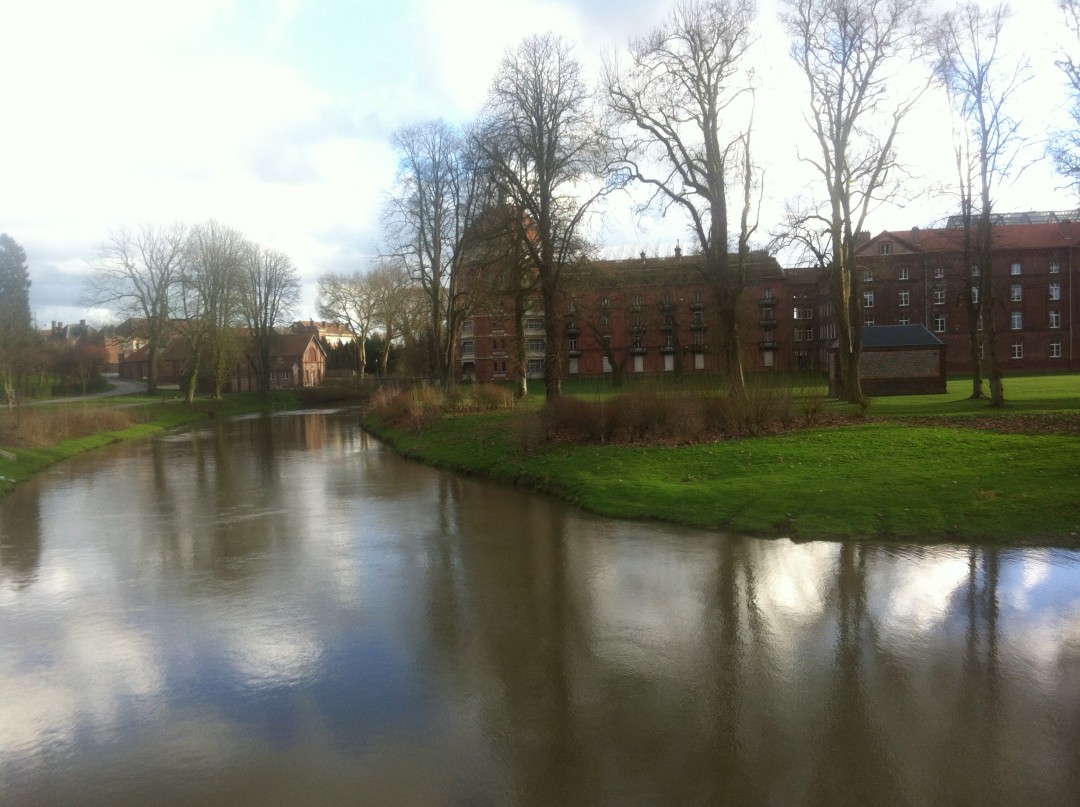
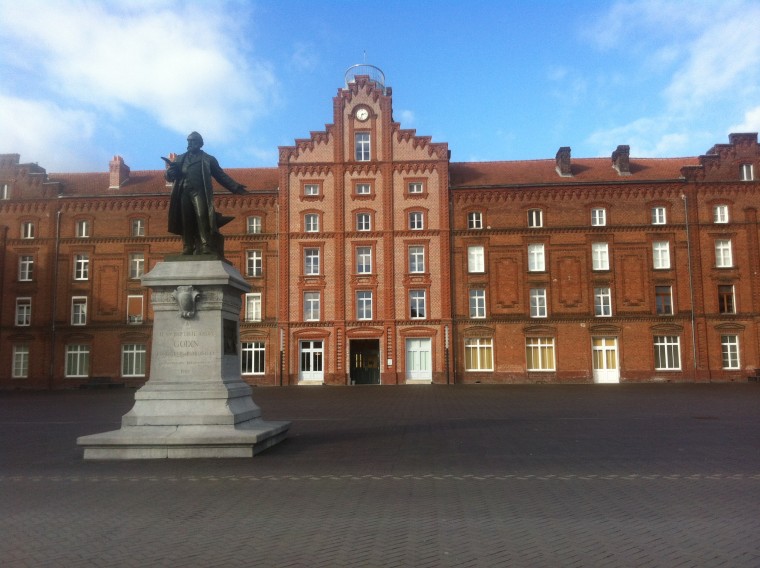
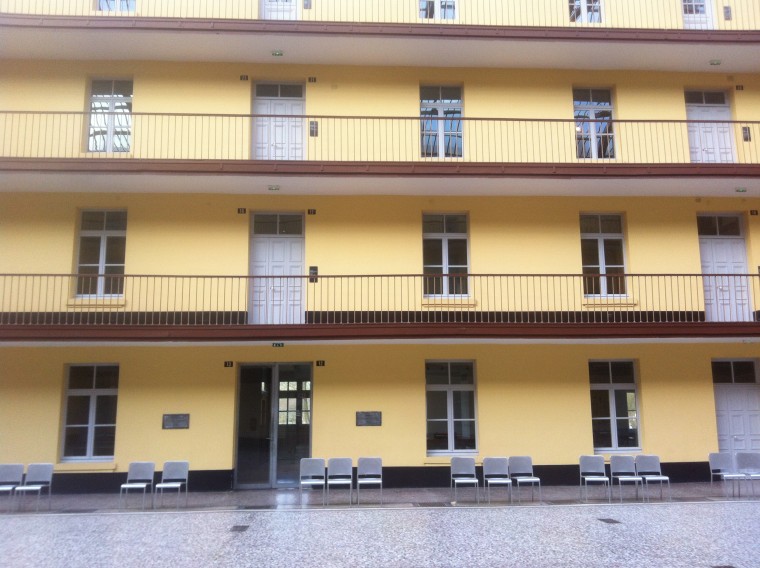
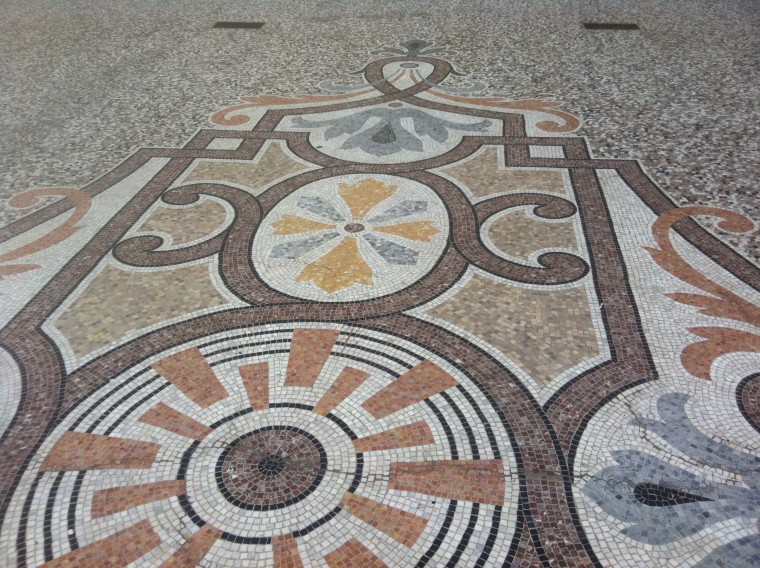

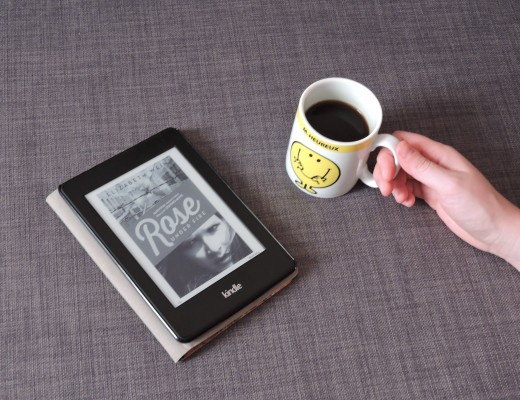
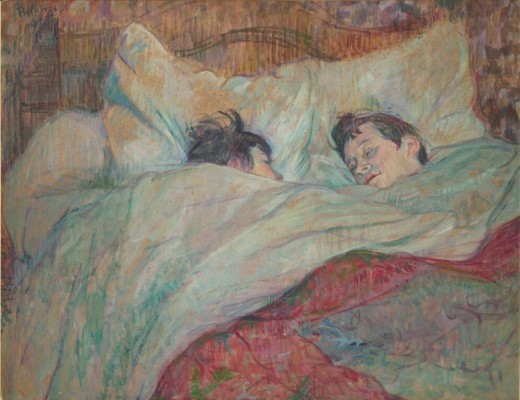






No Comments